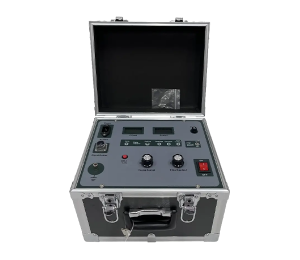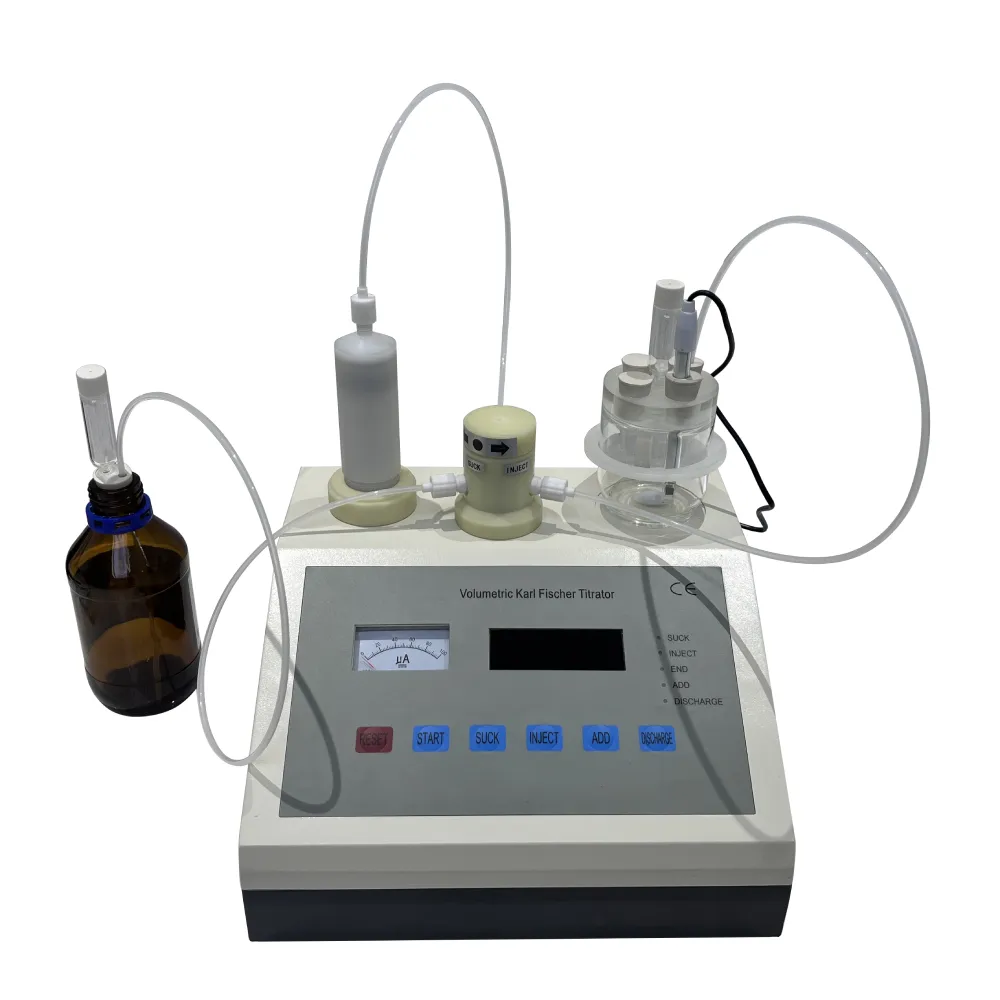TEL:
+86-0312-3189593
 English
English

Telephone:0312-3189593

Email:sales@oil-tester.com
2 月 . 05, 2025 02:56
Back to list
acidity test of transformer
Understanding the Importance of the Acidity Test in Transformer Maintenance
Interpreting Results Actionable Insights Upon receiving test results, immediate actions are often necessary, especially for heightened acidity levels. Changes in acidity provide early warnings, allowing for preventive measures to prolong transformer life - Oil Regeneration If acids have begun to deteriorate the oil but are within manageable limits, oil regeneration processes can be implemented to restore quality. These involve filtering impurities and adding inhibitors to curb further oxidation. - Oil Reclamation For severely aged oil, complete reclamation might be necessary. This procedure replaces degraded oil with new, high-quality insulating oil, ensuring the transformer’s components are protected. - Maintenance Scheduling Engineers can revise maintenance schedules based on acidity trends, timing inspections and interventions to prevent unexpected outages. The Role of Standards and Compliance Compliance with international standards, such as IEC and ASTM, in conducting acidity tests ensures reliable results and standardized procedures. Adhering to these standards is a testament to quality and diligence, giving operators and shareholders confidence in the asset’s management. Establishing Trust through Transparency Maintaining transparency about maintenance practices, including results from acidity tests, strengthens trust with stakeholders and customers. By regularly sharing findings and the actions taken, utility companies can demonstrate their commitment to safety and reliability. This transparency can also enhance organizational reputation, crucial in industries dependent on critical infrastructure. In conclusion, the acidity test of transformer oil is more than just an evaluative tool—it is a necessity for ensuring the safety, reliability, and efficiency of power transformers. Focusing on this vital test can prevent costly failures and extend the life of key infrastructure, keeping operations smooth and uninterrupted. Prioritizing the expertise of professionals in conducting and interpreting these tests underlines a company’s dedication to high standards and responsible management. Through diligent testing and maintenance, businesses can secure their electrical assets’ future while upholding industry leadership in safety and reliability.


Interpreting Results Actionable Insights Upon receiving test results, immediate actions are often necessary, especially for heightened acidity levels. Changes in acidity provide early warnings, allowing for preventive measures to prolong transformer life - Oil Regeneration If acids have begun to deteriorate the oil but are within manageable limits, oil regeneration processes can be implemented to restore quality. These involve filtering impurities and adding inhibitors to curb further oxidation. - Oil Reclamation For severely aged oil, complete reclamation might be necessary. This procedure replaces degraded oil with new, high-quality insulating oil, ensuring the transformer’s components are protected. - Maintenance Scheduling Engineers can revise maintenance schedules based on acidity trends, timing inspections and interventions to prevent unexpected outages. The Role of Standards and Compliance Compliance with international standards, such as IEC and ASTM, in conducting acidity tests ensures reliable results and standardized procedures. Adhering to these standards is a testament to quality and diligence, giving operators and shareholders confidence in the asset’s management. Establishing Trust through Transparency Maintaining transparency about maintenance practices, including results from acidity tests, strengthens trust with stakeholders and customers. By regularly sharing findings and the actions taken, utility companies can demonstrate their commitment to safety and reliability. This transparency can also enhance organizational reputation, crucial in industries dependent on critical infrastructure. In conclusion, the acidity test of transformer oil is more than just an evaluative tool—it is a necessity for ensuring the safety, reliability, and efficiency of power transformers. Focusing on this vital test can prevent costly failures and extend the life of key infrastructure, keeping operations smooth and uninterrupted. Prioritizing the expertise of professionals in conducting and interpreting these tests underlines a company’s dedication to high standards and responsible management. Through diligent testing and maintenance, businesses can secure their electrical assets’ future while upholding industry leadership in safety and reliability.
Previous:
Latest news
-
Differences between open cup flash point tester and closed cup flash point testerNewsOct.31,2024
-
The Reliable Load Tap ChangerNewsOct.23,2024
-
The Essential Guide to Hipot TestersNewsOct.23,2024
-
The Digital Insulation TesterNewsOct.23,2024
-
The Best Earth Loop Impedance Tester for SaleNewsOct.23,2024
-
Tan Delta Tester--The Essential Tool for Electrical Insulation TestingNewsOct.23,2024





